Poseidon, the mighty god of the sea, has captivated the imaginations of people for centuries. With his trident in hand, he rules over the vast depths of the ocean, commanding its waves and the creatures within. In Greek mythology, Poseidon is one of the most iconic deities, often depicted as a bearded figure emerging from the sea. As we delve into the realm of this powerful and enigmatic god, let’s uncover 15 fascinating facts about Poseidon that showcase his importance and enduring influence.
Fact 1: The Brother of Zeus
- Siblings of the Gods: Poseidon is one of the principal deities in Greek mythology, and he stands as a brother to Zeus and Hades. Together, these three siblings played a significant role in the division of the world, with Poseidon ruling the seas, Zeus claiming the heavens, and Hades governing the underworld.
- Sea of Possibilities: As the ruler of the sea, Poseidon’s domain includes not only the oceans but also rivers, lakes, and even earthquakes. He has a far-reaching influence, touching the very foundations of the Earth.
- Symbolic Trident: Poseidon’s most iconic accessory is his trident, which symbolizes his control over the sea. It was said that when he struck the Earth with his trident, earthquakes and storms would ensue. This powerful image reinforced his divine authority.
Fact 2: Patron of Sailors
- Sailor’s Guardian: Sailors and fishermen often looked to Poseidon for protection during their voyages. They would offer prayers and sacrifices to ensure safe journeys and bountiful catches. His favor could mean the difference between life and death on the treacherous open waters.
- Worship at Sea: Poseidon’s worship was often conducted near the coastline. Temples and altars dedicated to him were established in various coastal cities, where sailors could seek his blessings before embarking on their perilous adventures.
- Sea Monsters: According to myths, Poseidon was known to create sea monsters, such as the fearsome Kraken. Sailors believed that by appeasing him, they could avoid the wrath of these monstrous creatures during their travels.
Fact 3: Mythological Offspring
- Famous Children: Poseidon had several notable offspring, each with their own unique abilities and qualities. One of his most famous children was Polyphemus, the one-eyed Cyclops featured in Homer’s “The Odyssey.”
- Amphitrite’s Love: Poseidon’s wife, Amphitrite, was a sea goddess, and together they had a son named Triton. Triton is often depicted as a merman, half-man, and half-fish, blowing a conch shell to calm or stir the seas.
- Warrior Daughter: Another of Poseidon’s offspring was the winged horse, Pegasus, who emerged from a spring created by the god’s striking of a rock with his trident. Pegasus was a loyal companion to heroes and warriors in Greek mythology.
Fact 4: The Wrath of Poseidon
- Vengeful Nature: Poseidon was not one to be crossed. Those who offended or challenged him often faced his wrath in the form of storms and tempests. In “The Odyssey,” Odysseus’ long and perilous journey home was plagued by Poseidon’s anger due to his blinding of the Cyclops Polyphemus.
- Competing with Athena: In one famous myth, Poseidon and the goddess Athena vied for the patronage of Athens. They each offered a gift to the city, and Poseidon struck his trident into the ground, creating a saltwater spring. However, Athena’s gift of an olive tree was deemed more valuable, and Athens was named in her honor.
- Shaker of the Earth: Poseidon’s power extended beyond the sea. He was also known as the “Earth Shaker” because of his ability to cause earthquakes. The Greeks believed that these tremors were the result of his trident’s movements beneath the earth’s surface.
Fact 5: Iconic Depictions
- Artistic Inspiration: Artists throughout history have been inspired by Poseidon’s mythological significance and imposing presence. He is often depicted with a flowing beard and a powerful physique, holding his trident aloft.
- Majestic Sea Horses: Poseidon is sometimes shown riding a chariot pulled by sea horses or hippocamps. These mythical creatures, with the upper bodies of horses and the lower bodies of fish, are a testament to his dominion over the seas.
- Pervasive Influence: The image of Poseidon has not only endured in classical art but has also found its way into contemporary pop culture, from novels to films and video games, where he is a symbol of power and mystery.
Fact 6: Cult of Poseidon
- Temples and Festivals: The ancient Greeks held Poseidon in high regard, and his cult was widespread throughout the Hellenistic world. Temples dedicated to him were constructed in major cities, such as Athens and Corinth.
- Poseidonia: The city of Paestum in Italy was originally named Poseidonia in his honor. The city’s temples and ruins continue to be a testament to the reverence the ancient inhabitants had for the god of the sea.
- Poseidon’s Feasts: To honor Poseidon, festivals and competitions, including horse races and athletic events, were held. These celebrations were an integral part of ancient Greek culture, emphasizing the god’s role in their lives.
Fact 7: Associations with Heroes
- Heroic Connections: Many heroes in Greek mythology sought Poseidon’s favor and support. These heroes included Perseus, who famously slew Medusa, and Theseus, who battled the Minotaur in the labyrinth of Crete.
- Assistance and Challenges: While Poseidon aided these heroes in their quests, he also presented them with challenges and obstacles. His involvement often added a layer of complexity to their epic adventures.
- Perseus and the Winged Sandals: In Perseus’ quest to defeat Medusa, Poseidon provided him with the winged sandals that allowed him to fly to her lair. This gesture demonstrated the god’s ability to be both an ally and a source of trials for the heroes.
Fact 8: Symbolism in Modern Times
- Maritime Symbol: Poseidon’s symbolism continues to be relevant in the modern world, especially within the maritime industry. His trident is often used as a symbol for naval power and authority.
- Naval Insignias: Various navies around the world incorporate Poseidon’s imagery, including tridents, into their insignias and flags, signifying their connection to the sea and their naval prowess.
- Contemporary Literature: Poseidon’s influence is not limited to ancient mythology. His character and legends frequently appear in contemporary literature, showcasing his enduring appeal to storytellers and readers alike.
Fact 9: Interactions with Other Deities
- Conflict with Athena: Poseidon’s rivalry with Athena extended beyond the competition for Athens. In the myth of Medusa, it was Poseidon who impregnated the mortal Gorgon and transformed her into the monstrous creature with snakes for hair.
- Alliance with Amphitrite: Poseidon’s marriage to Amphitrite, another sea goddess, solidified his connection to the depths of the ocean. Amphitrite was considered to be one of the Nereids, sea nymphs, and their union emphasized his dominion over the seas.
- Mythical Connections: Poseidon’s interactions with other deities often led to the creation of legendary creatures and stories that further enriched Greek mythology, adding layers of intrigue and complexity.
Fact 10: Iconic Stories and Legends
- The Trojan War: In the epic poem “The Iliad,” Poseidon played a crucial role in the events leading up to the Trojan War. He was involved in both supporting and challenging the Greek heroes, adding an element of divine conflict to the human drama.
- Amphitrite’s Pursuit: The myth of Poseidon’s pursuit of Amphitrite is a classic tale of love and persistence. After initially rejecting him, she eventually became his wife. This story showcases both the god’s determination and the intricate world of Greek myth.
- The Lost City of Atlantis: One of the most enduring legends associated with Poseidon is the tale of Atlantis, a powerful and advanced civilization that ultimately fell out of favor with the god and disappeared beneath the waves.
Fact 11: Influence in Art and Literature
- Epic Poetry: Greek epic poetry, such as Homer’s “The Odyssey” and “The Iliad,” prominently featured Poseidon’s character and interactions with mortal heroes, enriching the narrative with divine intrigue.
- Visual Arts: The god’s presence in classical art and sculpture inspired countless depictions of his mighty figure and his trident, leaving a lasting legacy in the realm of visual arts.
- Contemporary Literature: Poseidon’s stories and symbolism continue to shape modern literature, offering authors a rich source of inspiration for novels, films, and other forms of creative expression.
Fact 12: Legacy of Poseidon
- Mythological Continuation: Poseidon’s legacy extends beyond the boundaries of ancient Greece. His character and stories have been woven into the fabric of human storytelling, continuing to captivate audiences around the world.
- Architectural Influence: The temples and monuments dedicated to Poseidon, along with the cities named in his honor, serve as a testament to his influence on architecture, art, and culture throughout history.
- Connection to Nature: Poseidon’s association with the sea, natural disasters, and weather phenomena reflects the ancient Greeks’ recognition of the profound impact of the environment on their lives.
Fact 13: Multifaceted God
- God of Horses: In addition to his dominion over the sea, Poseidon was also considered the god of horses. He was often associated with the creation of these magnificent creatures and their importance in transportation and warfare.
- Worship in Ancient Greece: In ancient Greece, Poseidon’s influence extended to agricultural aspects as well, as he was believed to have the power to provide or withhold water, which was crucial for farming.
- Personification of Natural Forces: Poseidon was a god who personified the unpredictable and often tumultuous forces of nature, reminding the Greeks of their dependence on and vulnerability to the elements.
Fact 14: Roman Equivalent
- Neptune: In Roman mythology, Poseidon was equated with Neptune, the god of the sea. While their names and some attributes differ, they shared a similar role in their respective pantheons, ruling over the waters.
- Roman Influence: As the Roman Empire expanded its influence, the worship of Neptune grew in importance, and his imagery became more widespread across the territories under Roman control.
- Cultural Blend: The merging of Greek and Roman mythology through deities like Poseidon and Neptune showcases the interconnectedness of ancient cultures and their tendency to adapt and adopt gods from one another.
Fact 15: Legacy in Maritime Exploration
- Naming of Ships: The legacy of Poseidon lives on in the maritime tradition of naming ships. Many vessels, from warships to cruise liners, bear names that reference Poseidon, highlighting the enduring connection between humans and the sea.
- Nautical Lore: Sailors and seafarers have carried Poseidon’s myths and legends with them throughout history, finding solace and inspiration in the tales of the sea god as they navigated the world’s oceans.
- Unmatched Influence: The god of the sea continues to be a symbol of the power, mystery, and unpredictability of the oceans, reminding us of the enduring allure and fear of the great, watery unknown.
Conclusion
Poseidon, the god of the sea, is an intricate and multifaceted deity whose influence extends far beyond his mythological origins. His role as a guardian of sailors, a symbol of divine wrath, and a source of inspiration for art and literature has made him an enduring and captivating figure in human history. As we delve into his stories and legacy, we uncover the depth of Poseidon’s importance, reminding us of the profound impact of nature and mythology on the human experience.


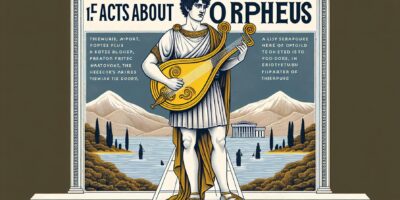
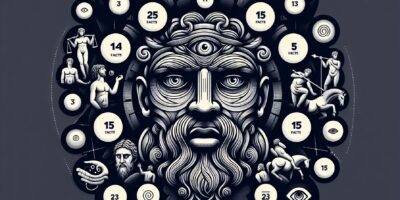
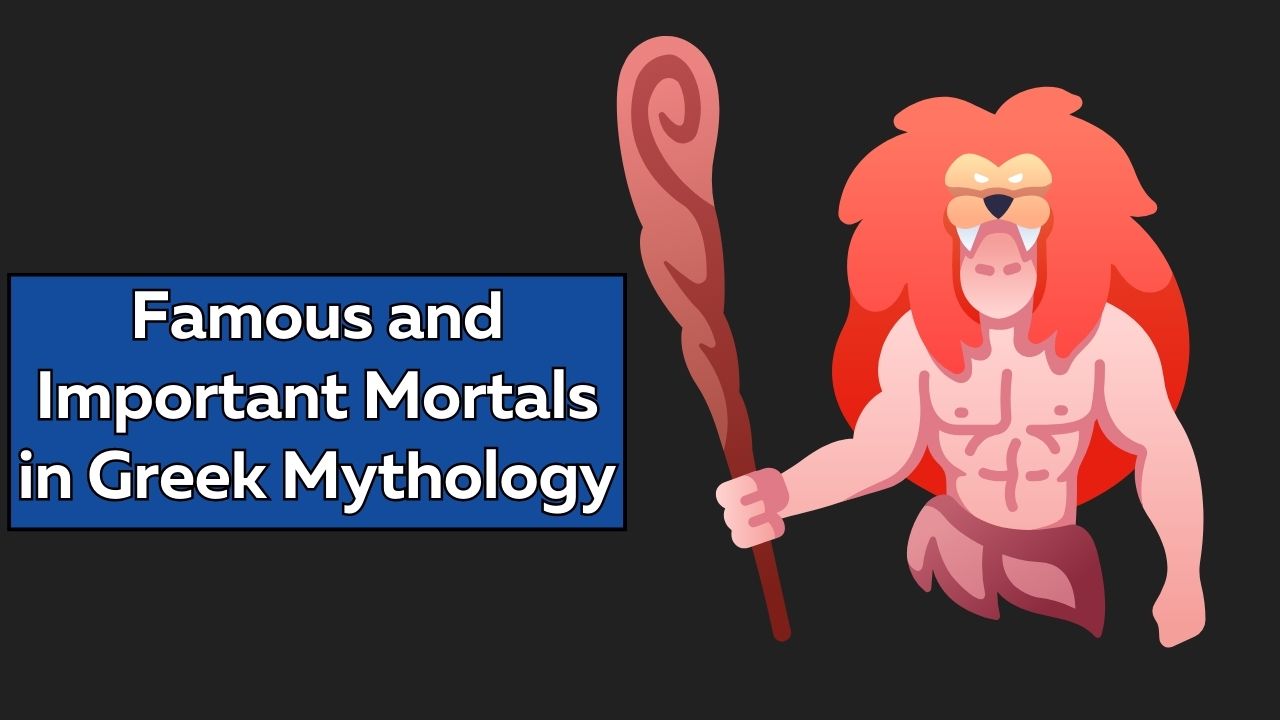
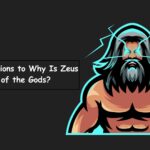
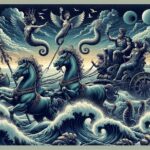
Leave a Reply